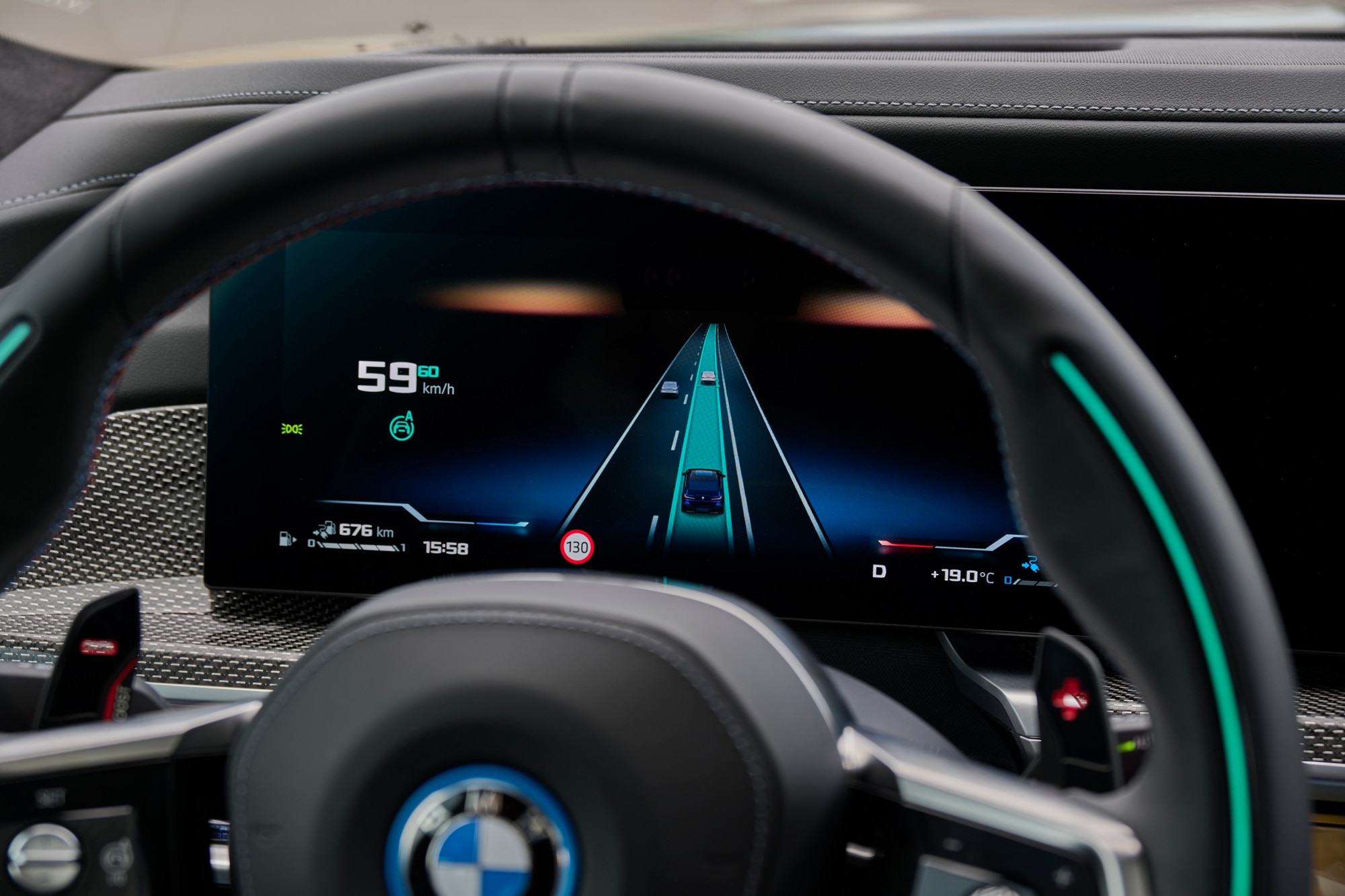What Is Traffic Jam Assist?
This advanced cruise control relaxes your busy commute.
 BMW
BMW
Modern cruise-control systems have evolved to offer a range of features designed to make the daily drive smoother. For example, adaptive cruise control is able to automatically adjust your automobile's speed to maintain a specific distance from the vehicle ahead of it.
Not all of these adaptive systems operate at all speeds, however, with some disengaging if you slow below a minimum speed. This is where traffic jam assist enters the picture.
What Traffic Jam Assist Does
Traffic jam assist can add an extra layer of capability on top of adaptive cruise control by giving it the ability to operate in stop-and-go conditions. This means that once engaged, the system will bring your vehicle to a halt if traffic stops in front of it and then automatically resume forward travel once things get moving again.
Some systems require the driver to lightly tap the accelerator pedal or touch a "resume" button on the steering wheel in order to get moving again. Typically, traffic jam assist is only available below a certain speed, around the 40-mph mark.
Some systems also include additional capabilities, such as the ability to "follow" the vehicle ahead, as well as keep track of lane markings, both of which allow for automated steering as well as speed control. Although traffic jam assist is most often found on luxury models from automakers such as BMW and Mercedes-Benz, it's increasingly available on Hondas, Toyotas, and other mainstream vehicles.
How Traffic Jam Assist Works
Traffic jam assist relies on a similar network of sensors that are already used by most adaptive cruise-control systems. These include radar sensors and cameras that keep track of the movement of vehicles on the road ahead, as well cameras that see the lines on the road that define each lane.
With that information, the vehicle's computer software is able to maintain a safe distance from traffic in front and beside you while you're stuck in a jam. It operates the accelerator, the brakes, and sometimes the steering. It's important to note that traffic jam assist requires that drivers continue to pay attention to the road. Most systems require the driver to keep their hands on the steering wheel in order to operate them.
The Benefits and Limitations of Traffic Jam Assist
Traffic jam assist relieves the tedium of being stuck in a bumper-to-bumper crawl on your commute. Given that the drive to work in the morning and back home at the end of the day occur when many are feeling fatigued, traffic jam assist can also help prevent crashes by braking more quickly in an emergency situation.
Traffic jam assist doesn't always work, however. If you're driving in heavy snow or rain, the cameras it relies upon may be unable to see traffic or lane markings, rendering it inoperable. Sensors and cameras that are blocked by grime, road salt, and dirt can also disable this feature.
Written by humans.
Edited by humans.
 Benjamin Hunting
Benjamin HuntingBenjamin Hunting is a writer and podcast host who contributes to a number of newspapers, automotive magazines, and online publications. More than a decade into his career, he enjoys keeping the shiny side up during track days and always has one too many classic vehicle projects partially disassembled in his garage at any given time. Remember, if it's not leaking, it's probably empty.
Related articles
View more related articles